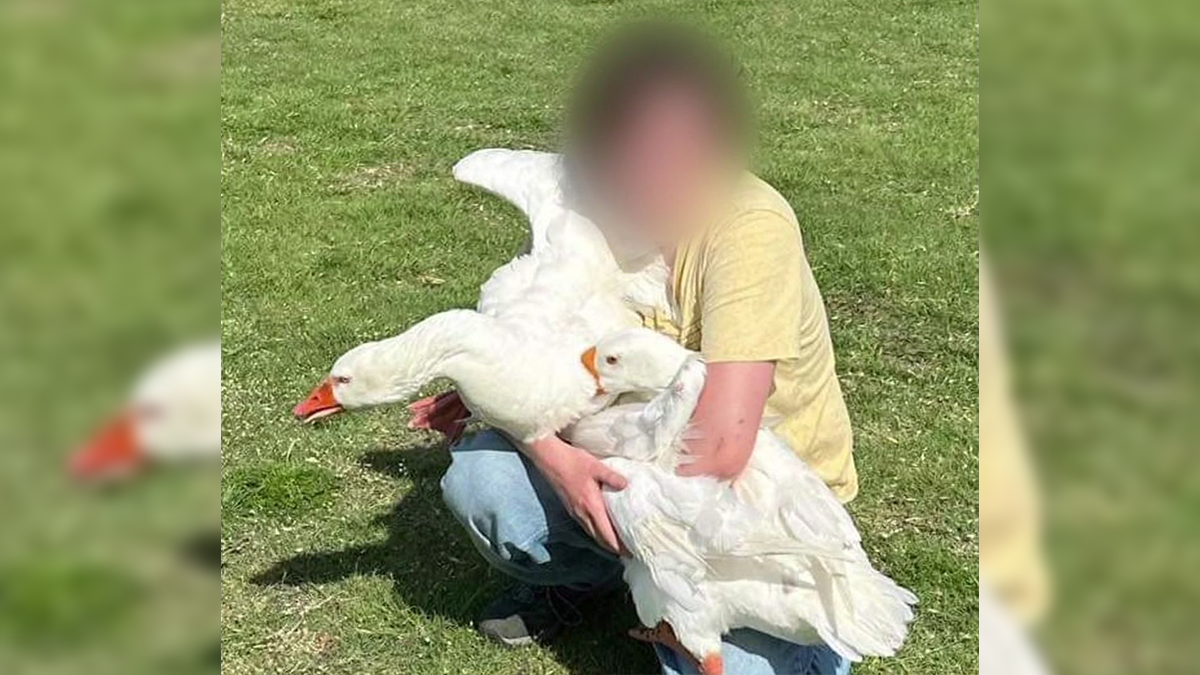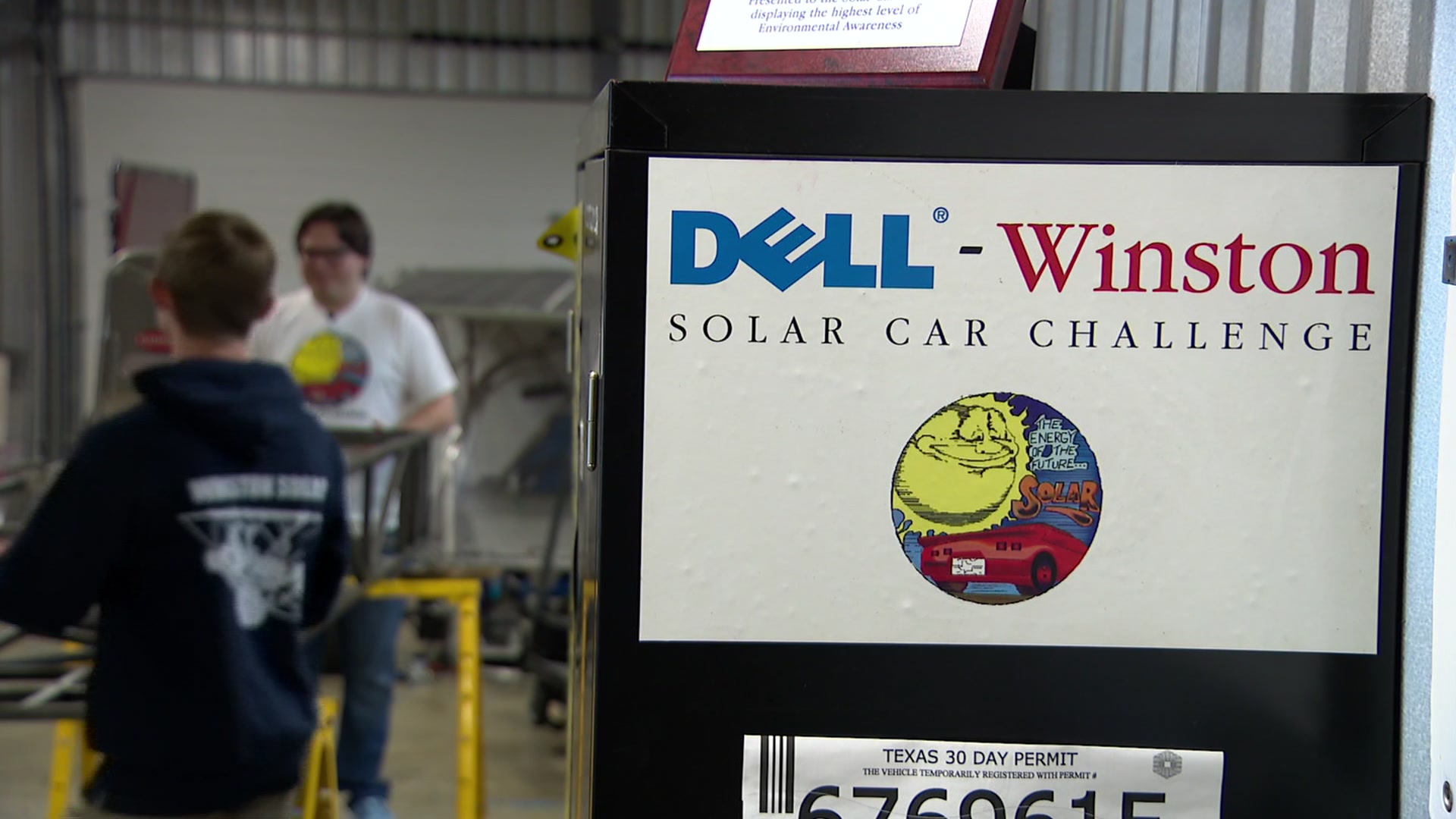Investigators trying to determine why the roof of a Southwest Airlines jet peeled open earlier this month are focusing on the manufacturing process.
Investigators noticed that the stricken jet and five other Southwest planes that had cracks in their metal skins were all built at about the same time in the same Boeing plant, government and industry officials said.
The National Transportation Safety Board said Monday that its examination of a section of the Boeing 737's fuselage skin adjacent to where a 5-foot hole tore open revealed rivet holes that were too wide for the rivets. The rivets hold overlapping sections of the plane's skin together.
The board also said in a statement that some rivet holes were worn into irregular shapes instead of being round.
The board didn't offer any conclusions based on the evidence, and its investigation is continuing.
The 5-foot hole tore open in the roof of Southwest Flight 812 as the Boeing 737 jetliner climbed to 34,000 feet above Arizona. The pilot guided the plane to a safe emergency landing, and there were no serious injuries.
Metal fatigue was initially suspected to have caused tiny subsurface cracks in the aluminum skin, which gave way during flight, perhaps the result of washing and painting scratches left during maintenance over the years.
But investigators now think the seeds of the near-disaster might have been planted when the plane was built.
Officials said investigators are looking at several possible mistakes during assembly, including the size and the way rivets and sealants were used to hold aluminum panels together on the plane's roof.
“And what happens over time is, that creates kind of a rubbing situation, which would eventually create this metal fatigue,” said Dallas aviation attorney Kent Krause.
Local
The latest news from around North Texas.
“The issue is probably metal fatigue, regardless. It’s the source or cause of the metal fatigue,” Krause said.
A National Transportation Safety Board spokesman declined to comment on the investigation.
"At Southwest Airlines, safety is always our highest priority," the company said in a statement Monday. "We continue to cooperate with the National Transportation Safety Board and the Federal Aviation Administration in an effort to determine the cause of events surrounding Flight 812. The release of initial findings is another step in the ongoing NTSB investigation."
After the April 1 Southwest incident, Boeing told airlines that owned about 190 other 737s built in the 1990s to immediately conduct electromagnetic inspections of an area of the roof called the lap joint, where overlapping panels of skin are riveted together.
Boeing said Monday that inspections have been completed on about three-fourths of those planes, and only the five at Southwest were found to have cracks.
Boeing said it was analyzing portions from panels of those planes "to validate the initial inspection findings," but added no final conclusions have been drawn.
The new focus on manufacturing problems does not expand the number of planes under scrutiny.
“It should be limited at least, best I can tell, to those particular aircraft that were already being looked at,” Krause said.
The Southwest plane that tore open had made about 39,000 flights. A senior Boeing engineer said this month that the company didn't expect airlines would need to inspect the lap joints for metal fatigue until about 60,000 flights.
Flight 812 was the second Southwest jet to develop a hole in the roof in the past three years. The airline canceled nearly 700 flights this month after grounding 79 similar planes -- one-seventh of its fleet -- for inspections.
Last week, Southwest Airlines Co. CEO Gary Kelly said he saw no evidence that bookings had been hurt by the incident. Kelly, whose airline flies only 737s and is one of Boeing's biggest customers, went out of his way to praise the aircraft maker's speedy response, including designing repair jobs.
NBC DFW's Ken Kalthoff contributed to this report.



